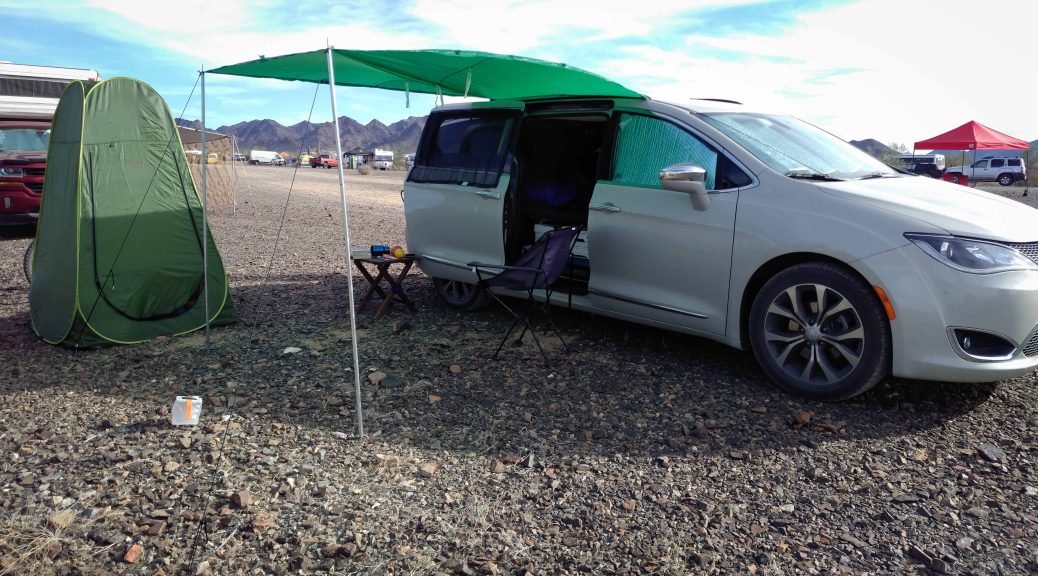
MiniRV Sleeping
I love the versatility of a Pacifica minivan.
- People Hauler – Put the seats up and carry seven people with luggage in style.
- Stuff Hauler – Fold the second and third-row seats into the floor for a huge, waterproof box. Pretty much a covered pickup truck.
- MinRV – Add a bed and you have a highly maneuverable, comfortable, economical MiniRV.
One big box

About 50″ wide by 92″ long by 48″ tall
In January 2019, I slept fourteen nights in my minivan while attending the RTR (Rubber Tramp Rendezvous), billed as the world’s largest gathering of people who live in their vehicles. Besides the ubiquitous white delivery vans (think Chris Farley), Class A, B, and C RVs, school buses, step vans, airport shuttles, trailers, pickup campers, and even an ambulance many slept in minivans and Priuses.
Coming from a background of tent camping with the Boy Scouts and backpacking, I consider the minivan an impervious steel tent. What a luxury!
On the RTR, I used a Gander Mountain folding cot topped with a 3″ thick self-inflating, insulated air mattress. All the comfort of home. This system worked well with banker boxes for under-cot storage but limited my ability to sit inside for long periods. Of course, the outside is your living room but we had three inches of rain one gloomy, gray, muddy day.
I sat on the cot with a stadium seat and it worked OK but to fit the cot in, I had to move the right passenger seat forward preventing its use. And because the seat
Time for a New Layout
The third-row seats of the Pacifica are split 60/40 left to right. The small right rear seat is perfect for reading and relaxing. Why sit on a stadium seat when you have a nice leather chair? But, what is the best way to use it?

Problems
Though all the seats fold flat into the floor, the floor is not really flat but rather 5″ higher in the back with an 18″ sloping transition area to the front. There was limited storage space under the cot.

Design Criteria
- Temporary mods – No holes, bolts, screws, glue, or permanent attachments. Might want to sell the van some day.
- Easy transition – Fast conversion from people mover to stuff hauler to MiniRV.
- Fits in the garage – Easy to store when not needed.
- Two occupants – The front seats will remain in their normal position so I can carry a passenger. Though I traveled alone, this was handy for trips into town on the RTR.
- Storage – Plenty of storage space but also try to be a minimalist.
- Bed on the left – Because of the right rear seat, I want the bed on the left behind the driver rather than the right.
- Solid Bed – Level and fits in the 29″ gap.
- Affordable – Make it with what I have in the shop. If it doesn’t work, I won’t feel bad about throwing it away and starting over.
- Good –
This is a work in progress and perfectionism is the enemy of the good.
Ideas
Most Internet/YouTube solutions involve a high, rather heavy bed platform, typically out of 2x4s and plywood, with storage boxes underneath. The Odyssey Camper, a role model for me, uses aluminum railing and composite decking for a light, attractive solution but the components are expensive.
Rather than use the cot, I wanted to try something different with the air mattress directly on storage boxes. Easy to lift up the mattress to access the boxes but how do I level the bed with an uneven floor?
My first thought was to build up the lower floor section with piled rubber flooring. Only $20 at Costco but this left wide gaps in the 18″ transition zone and the height did not match up. The mats came in useful later though.
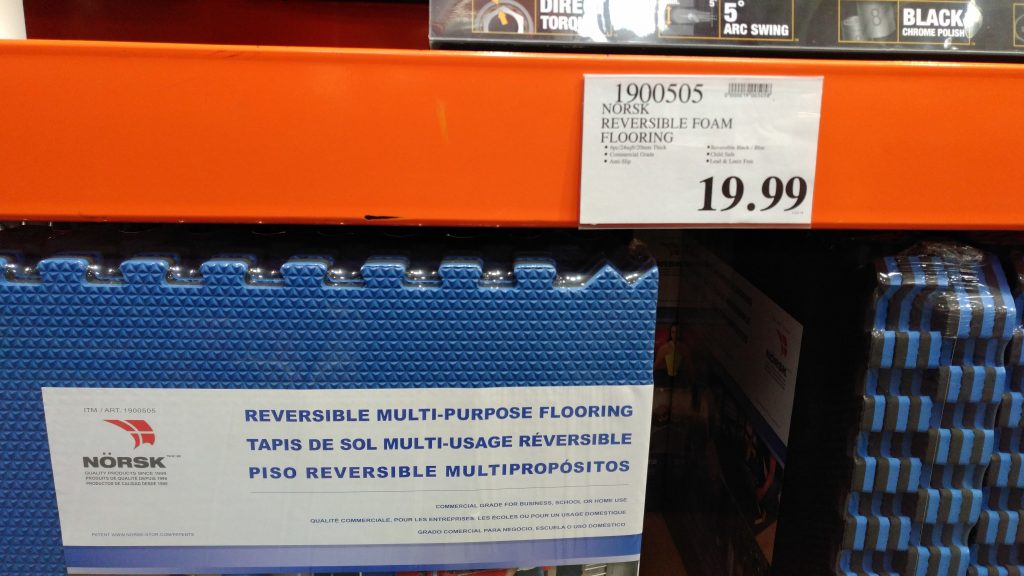
Next, I considered drilling holes in the bottom of the storage bins and attaching feet. This seemed a good compromise with no heavy bulky frame but I didn’t think they were stable enough and the transition zone was still a problem.
Reluctantly, I decided on a quick-to-build, a no-cost, low, 2×4 platform with leveling feet on one end, storage boxes in the middle, and the air mattress on top. This had the advantage of being smaller and a little lighter than a full bed, 68 gallons of storage, and good box stabilization.
Yes, I considered using PVC pipe but blogs said that the weight of sufficiently strong 2″ pipe was no better than lumber and pipe glue does not do well in a hot car in the summertime. Besides, I already had plenty of 2x4s in the shop.



I had to visit several stores to find the widest box that would fit in the 29″ gap. The Commander XL 17 gallon (Lowe’s $9) is 27″ x 18″ x 12.5″ tall, just about right. However, the tops were deeply inset to facilitate solid stacking. Enter the rubber flooring I bought. I cut sections to fill in the gap.


Here are some photos of the result.
Stores Well
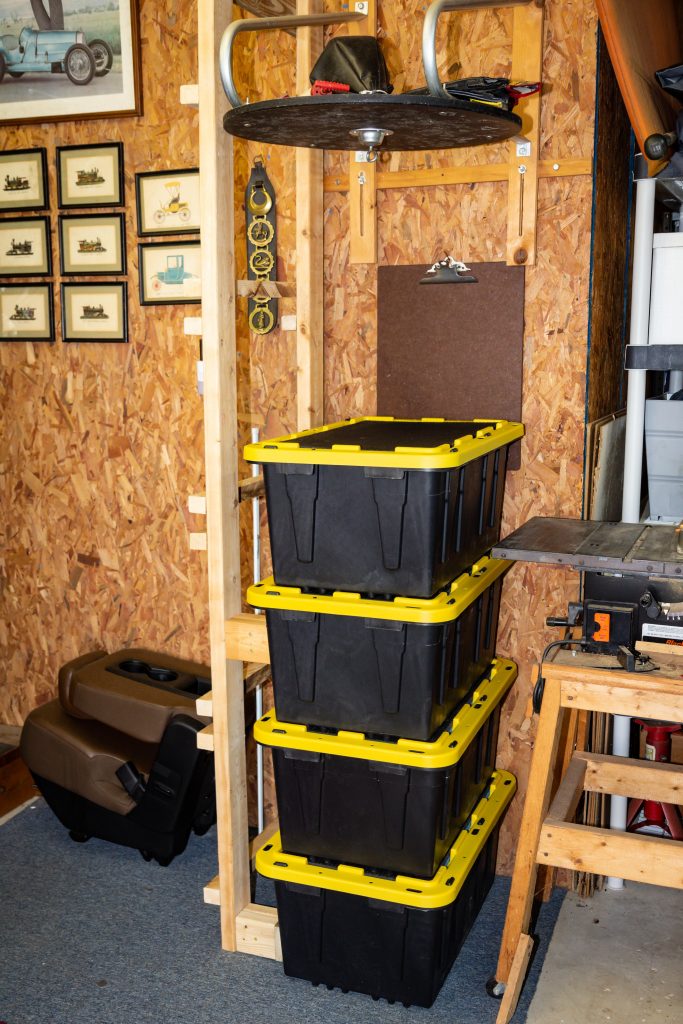
What’s next?
A small galley behind the rear seat and a heavy-duty sun/rain canopy.

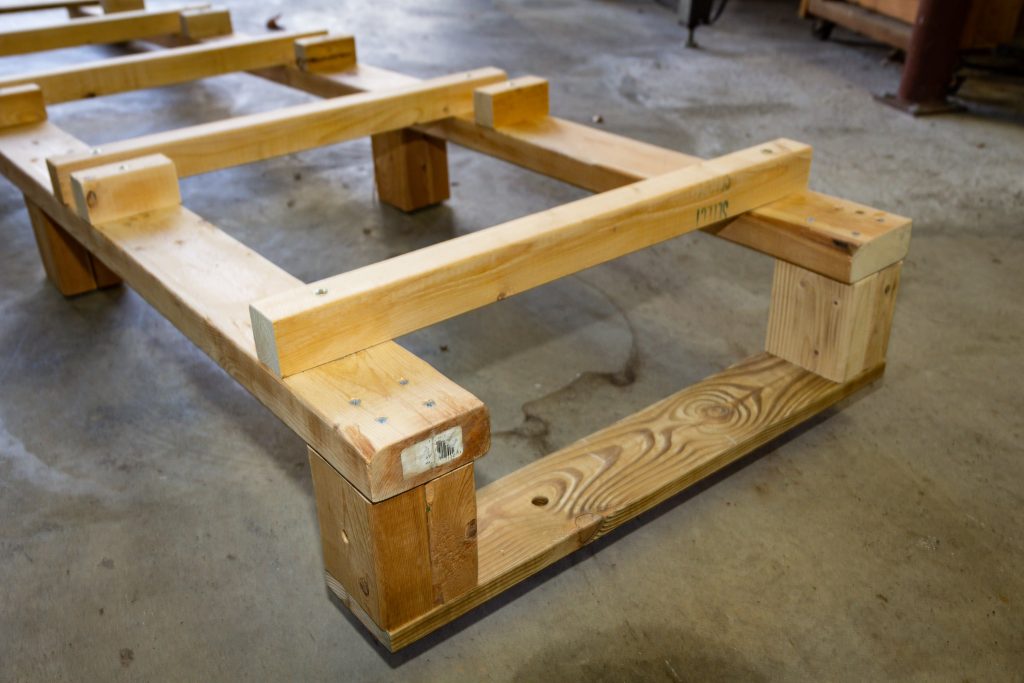

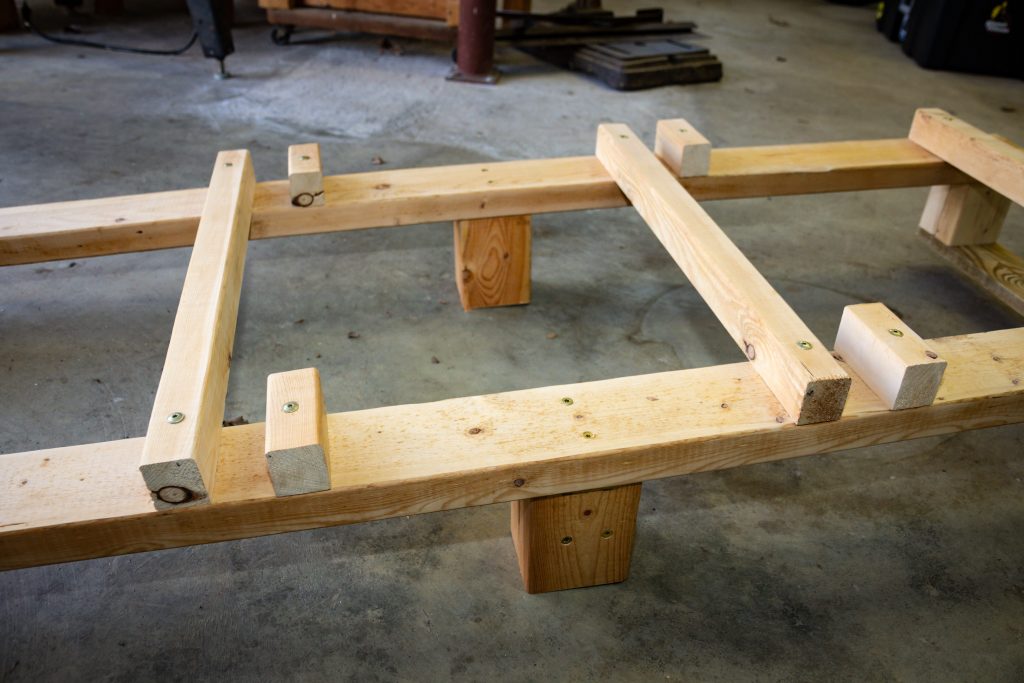
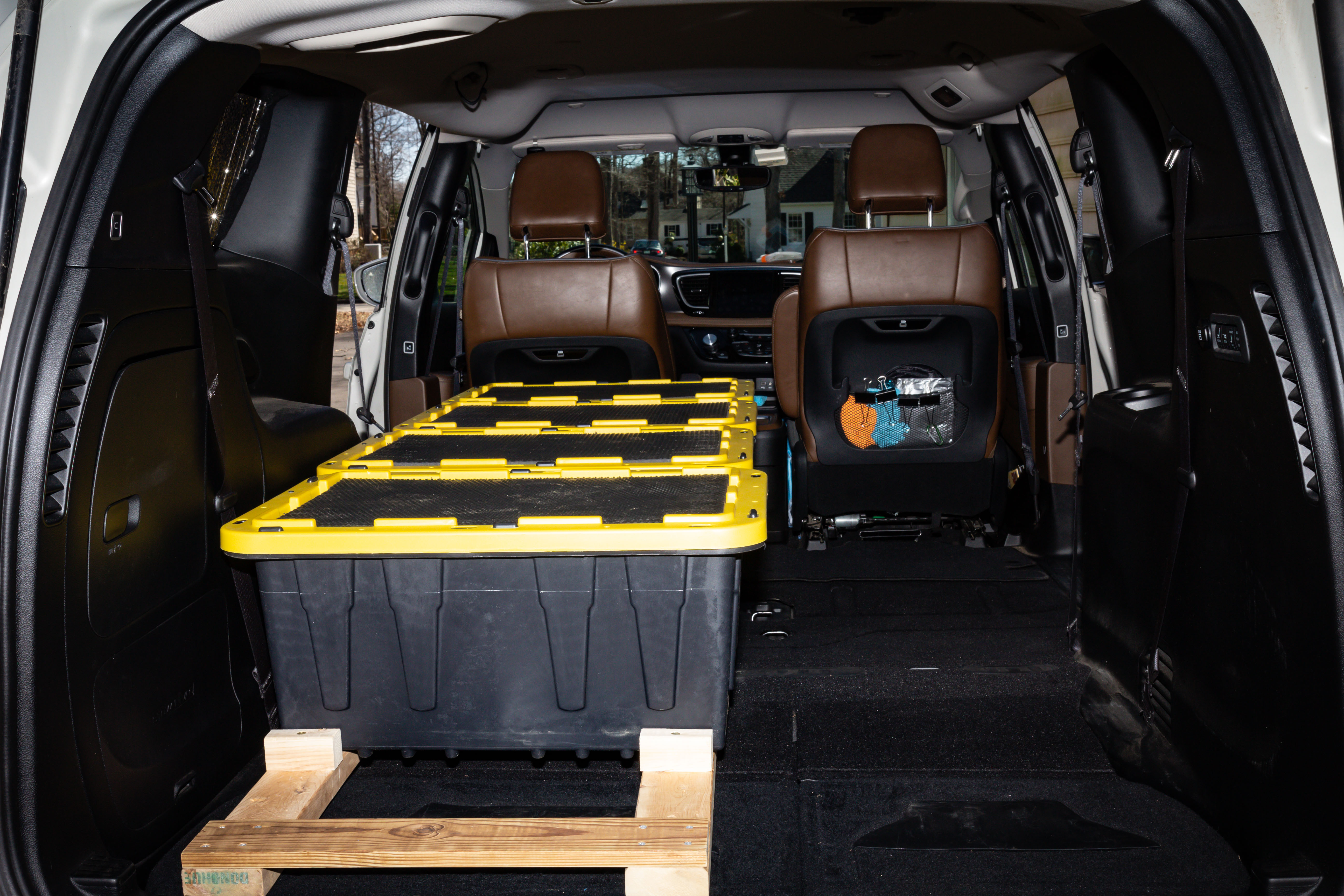
2 thoughts on “MiniRV Sleeping”
Is that green thing a bathroom?
Lacking a floor, these lightweight, collapsible, pop-up tents are euphemistically sold as portable “showers” yet are too flimsy to support an overhead water source. I used it for changing clothes, storing equipment, and toileting. I got this one free from the RTR equipment swap pile. They were in common use by car campers and handier than I thought. Had to stake it firmly as they are not very stable in the desert wind. Think the tall, streaming balloon character at a Saturday car sales event.